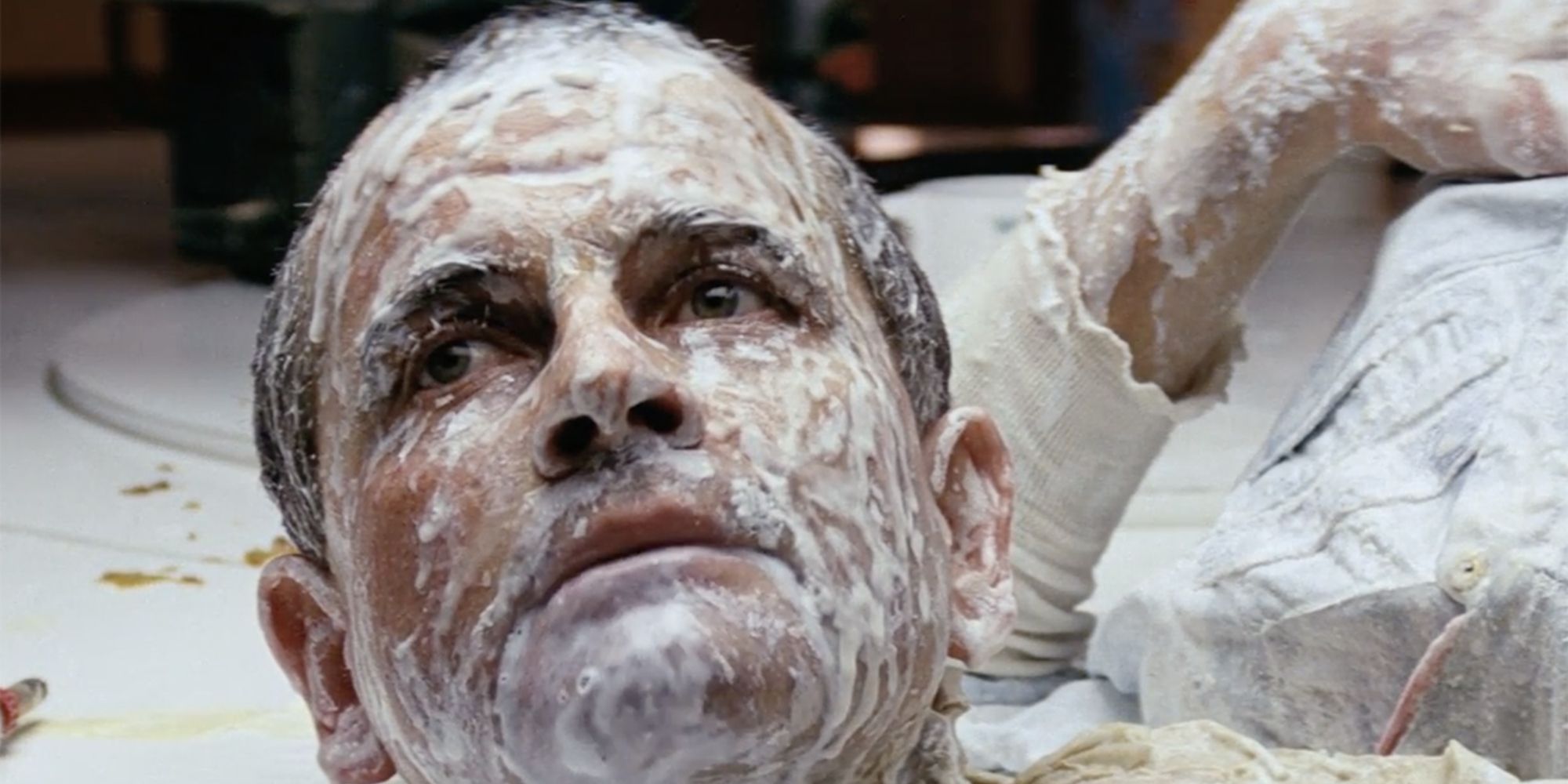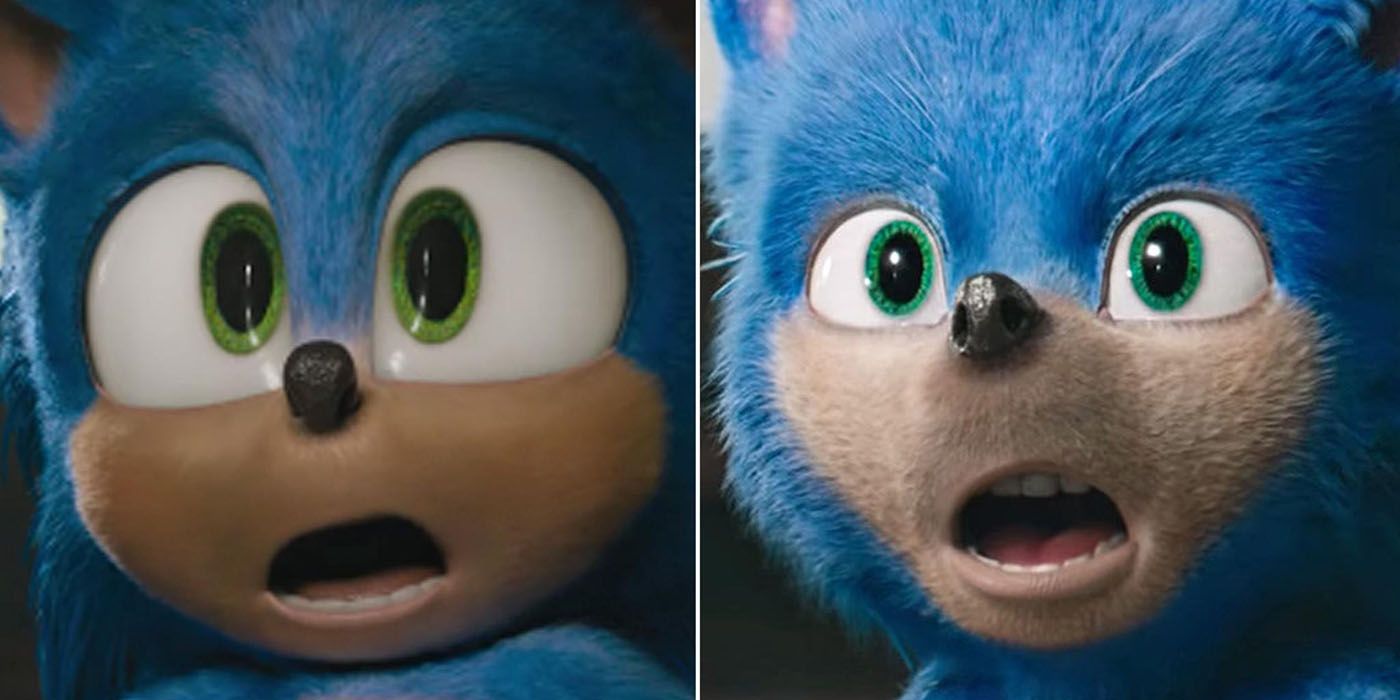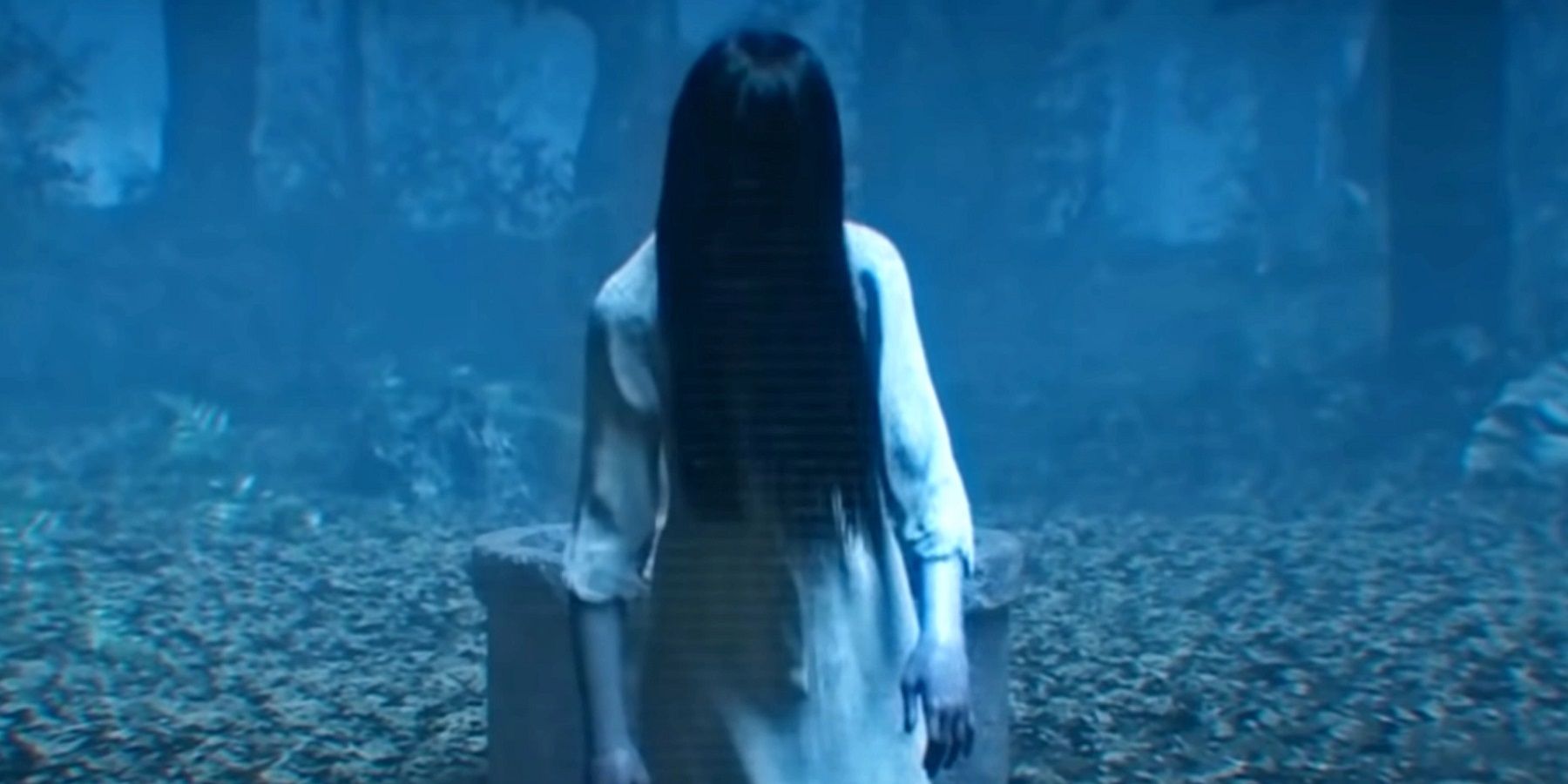The unique effects of computer-generated effects on the world of cinema have been a fascinating topic for many years, often making or breaking otherwise unremarkable productions. One of the most common critiques of unpopular CGI visuals is that a character "falls into the uncanny valley." But despite the frequency with which the phrase is heard, not everyone knows exactly what it means.
The uncanny valley was first identified by Japanese roboticist Masahiro Mori in 1970 while exploring human responses to machines made in their image. The concept has its roots in psychology and fiction, as the English translation ties it inadvertently to Ernst Jentsch's concept of the "uncanny," a state of logical uncertainty. Funnily enough, Freud's expansion of the concept in 1919 used the example of a character in a story whose humanity is left ambiguous. In media today, that example holds true.
What Is The Uncanny Valley?
The uncanny valley is a simple concept that deals with the perception of not-quite-human entities by humans. It's mapped on a line graph. The human brain feels increasingly positively towards a non-human being, up to a definable point. The closer a facsimile gets to perfect parity with human beings, the more the human brain can detect every possible imperfection. The point at which something is almost human is when it falls into the uncanny valley, and it becomes disturbing to the eye. The explanations for this phenomenon are multifaceted, but evolutionary biologists argue that it's a result of the brain's built-in desire to avoid pathogens. A terribly ill person or a corpse looks much like a normal human being, but the small imperfections trigger the fight or flight response. That's why a CGI effect that almost replicates a human being looks so disturbing.
The only time the average person is likely to hear of the uncanny valley is in reference to a bad CGI character. Renesmee Cullen of the Twilight movies, the first attempt at Sonic the Hedgehog, every CG animated film from the 2000s, and every person, place, and thing in 2019's Cats all received complaints of falling into the uncanny valley. These are all mistakes, as these films didn't intend to make their characters unnerving semi-human creatures. Some are cases of trying to create human characters and overshooting the mark of likability; others add a few too many human elements to an anthropomorphized creature.
It's often a hard line to walk, but many creators find it easy to find the point right before the valley. Perhaps it's almost more impressive to use mankind's natural revulsion to beings so close to themselves as a tool to terrify, as in certain examples of sci-fi horror.
Utilizing The Fear Of The Almost-Human
For just one example, the uncanny valley is likely the explanation behind the fear of and fascination with zombies. Sure, the living dead are dangerous and disgusting, but the thing that makes them uniquely unnerving is that they're just like us. Look too closely into a crowd of shambling corpses, and risk seeing a face that's just a bit too familiar. But zombies are rarely recognized as uncanny, even though the psychological response to their appearance is the same one that compels the response.
There are a variety of filmmakers who have used unique tricks to evoke the uncanny valley in intentional and often fascinating ways beyond that initial response. Often the best use of the uncanny valley on film involves complex camera techniques or CGI, used to turn a human performer into a non-human creature. Films like Mullholland Drive or Jacob's Ladder have actors perform actions slowly, then speed up the footage to create an off-putting effect. A similar effect was used to create the iconic Sadako in The Ring. The nurses in Christophe Gans' 2006 film adaptation of the Silent Hill video games hired a contortionist to create its unnerving mannequin nurses. CGI films like Neil Gaiman and Dave McKean's MirrorMask use incredible digital artistry to create some of the most unnerving visuals ever put to screen, often without the intent to horrify. These simple techniques use unnerving movements or visual alterations to transform footage of humans that wouldn't typically be scary into something uniquely unpleasant.
The most common use of the uncanny valley beyond terrifying the audience is still the one laid out by Sigmund Freud over a century ago: beings whose humanity is uncertain or up for debate. The best exemplifier is probably Ex Machina's Ava. A detailed costume and many lines of dialogue lay out the gynoid as artificial, but every aspect of the way she moves, acts, and sounds are designed to interrogate the uncanny response. Another example of a similar technique (in a dramatically worse film) comes from Enki Bilal's Immortal. That film, though mostly a disaster, features the somewhat interesting idea of portraying only a few humans with real actors. The handful that are live-action are also the only characters who are fully human, without cybernetic enhancement. Everyone else is a nightmarish CGI monster built by Quantic Dream. Though executed with horrific design, the idea is the same. The uncanny valley is the tool that creators can use to explore the tenuous relationship between humanity and something else entirely.
The uncanny valley is a disastrous foible for some and an elegant tool for others. This unique psychological phenomenon is a crucial part of modern storytelling, especially as science fiction continues to explore questions about what is human and what is not.



